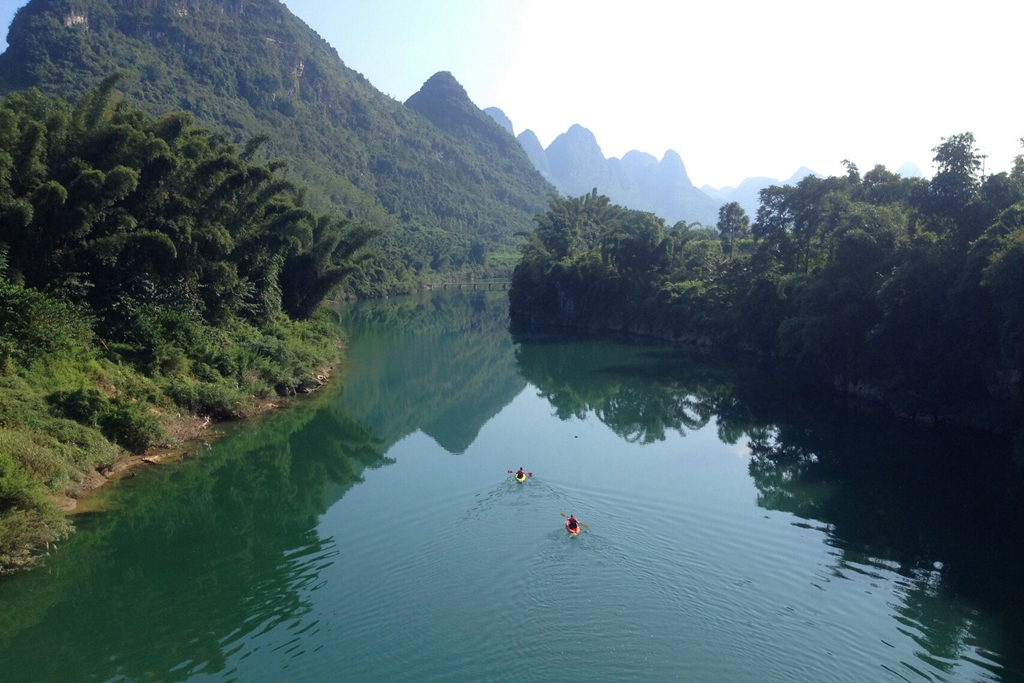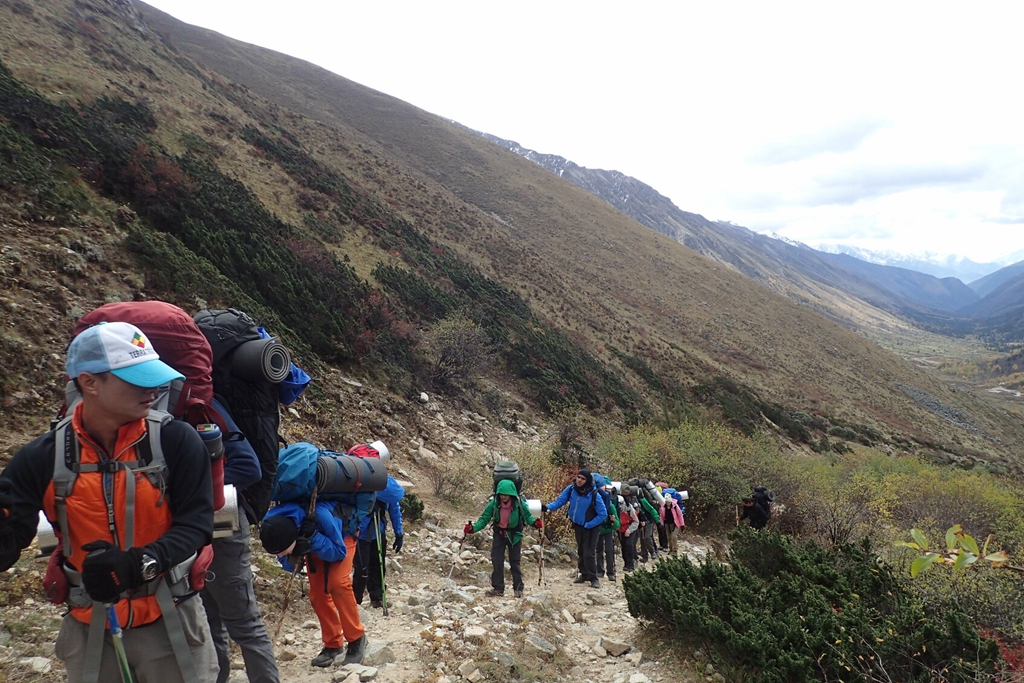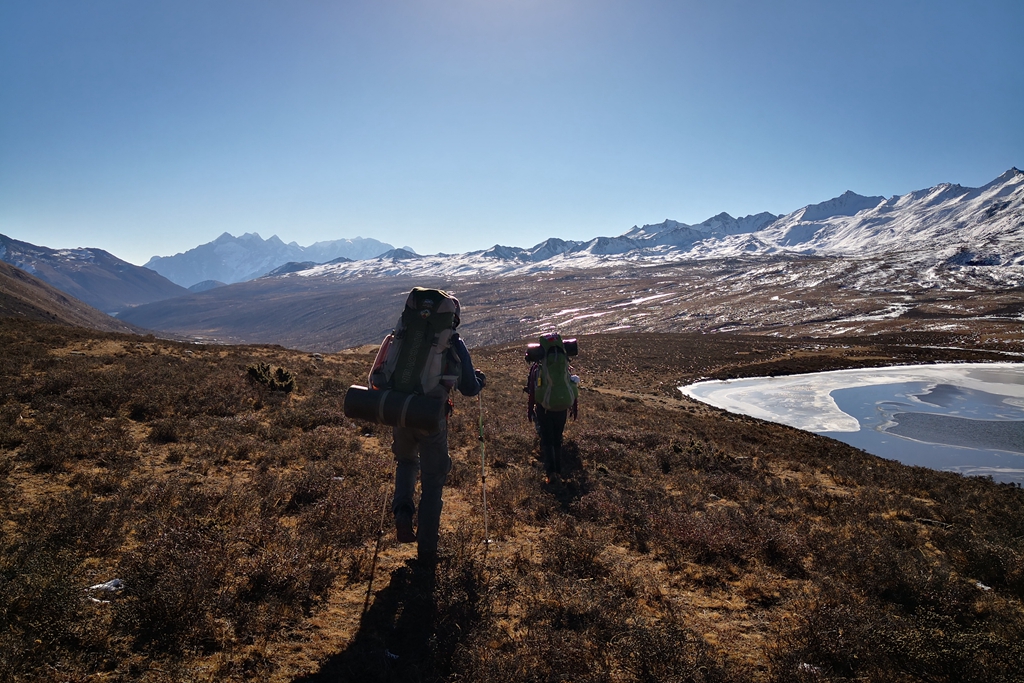Terratribes Articles

Deep Dive into the History of Adventure Therapy
By Learn Through Experience; photos by Terratribes
If you struggle with any number of personal issues, you may have difficulty knowing who to turn to for help. Whether you experience addiction, substance abuse, or psychological or behavioral struggles, you’ve likely tried a lot of different types of therapy, only to find that it didn’t work in the end. But have you ever considered adventure therapy programs?
What Is Adventure Therapy?
Adventure therapy is a broad term that incorporates therapeutic practices within a healing outdoor environment. The category is extremely diverse, and it can include group events, family sessions or individual treatment plans that cater to particular issues, such as addiction and recovery.
When you take part in individual or community-based adventure therapy programs, you begin healing under the guidance of a licensed therapist or adventure educator. From trust exercises to small group discussions to nature journaling, each component lets you heal in a safe, supportive environment.
Adventure Therapy: The History and Different Movements
If you’ve never heard of adventure therapy before, you might think it’s a new technique and therefore untested in the field. However, this therapy approach first took shape several generations ago, albeit in a slightly different format.
Camping Movement
Beginning in the 1800s, a few hospitals and mental health institutions focused on letting patients heal in a more holistic, natural environment. In particular, one mental health hospital, Friends Hospital in Philadelphia, was founded in 1813 with the belief that anyone can enjoy “a moral, ordered existence if treated with kindness, dignity and respect.” Their patients had access to pet therapy by 1830 and greenhouses by 1880.
In 1901, the Manhattan State Hospital East introduced tent therapy to its TB patients. Although it was initially a way to keep them isolated from other patients, this therapy also provided healing of a different kind: the healing of nature. Just a few years later, the San Francisco Psychiatric Hospital discovered the same benefits after patients spent time in tents following the 1906 earthquake.
Camp Ahmek, opened in 1921 in Algonquin Park, Ontario, was the first example of camping with therapeutic benefits. This camp was just for boys, and it encouraged individual development and team-building in a healing outdoor environment. Just three years later, Camp Wapomeo opened as a camp for girls.
By 1945, fully established therapeutic camps were making their mark. The most well-known, Salesmanship Club of Dallas, established Momentous Institute residential camping for the emotional and mental health of kids and their families.
Progressive Education Movement
During this same time, changes were beginning to be made to education as well. For instance, one of the leaders of the progressive education movement, John Dewey, circulated ideas about the value of learning by merely listening. He argued that student interaction and direct involvement in their own education, along with access to subjects that sparked creativity and social skills, would serve students better than simply undertaking vocational drills.
What would later be termed experiential learning started in the early 1900s as a response to the state of public education. Then, in 1919, the Progressive Education Association was established. As J. Milnor Dorey said in the 1929 volume of “Childhood Education,” this group consisted of educators who “saw that many children come out of school with no love of learning, no initiative, little of practical experience in social living that serves as a foundation for intelligent citizenship, and with physical and character development far below the standard essential to their own happiness and the community good.”
Along with other progressive education founders like Francis W. Parker, Ella Flagg Young and Carleton Washburne, the progressive movement spread across North America and into many school systems. It declined in the 1950s, rose and fell in popularity several more times, and then once again came back in the late-20th century.
Adventure Movement
In 1941, educator Kurt Hahn opened Outward Bound in Aberdovey, Wales, giving young people access to outdoor experiences in a more structured, safe environment. The purpose of the adventure education movement was to let people experience life outside their familiar zone, thereby learning about themselves and their personal growth and leadership potential along the way. By 1962, when Outward Bound Colorado was established, the program had finally expanded into the United States. This led the way for numerous other programs and centers to take shape, including the widely popular National Outdoor Leadership School (NOLS).
In the last few decades, degrees in outdoor therapy have become more common. They regularly draw in diverse groups of people, often including those who previously took part in adventure therapy programs. In this way, these people can give back to others and offer a guiding hand to those who need it most.
Is an Adventure Therapy Program Right for You?
Personal struggles can be difficult to see through. They may even make you worry that you’ll never regain or develop the kind of life you seek. Thankfully, wilderness and adventure therapy can help set you on the right course.
Each program is designed for therapy at the individual level, which means each participant is immersed in a unique experience. From rock climbing and ropes courses to learning to build campfires, adventure therapy is designed to help you overcome challenges and develop your true self. Counseling sessions let you release inner fears without criticism, and physical activities let you work through whatever it is that holds you back.



